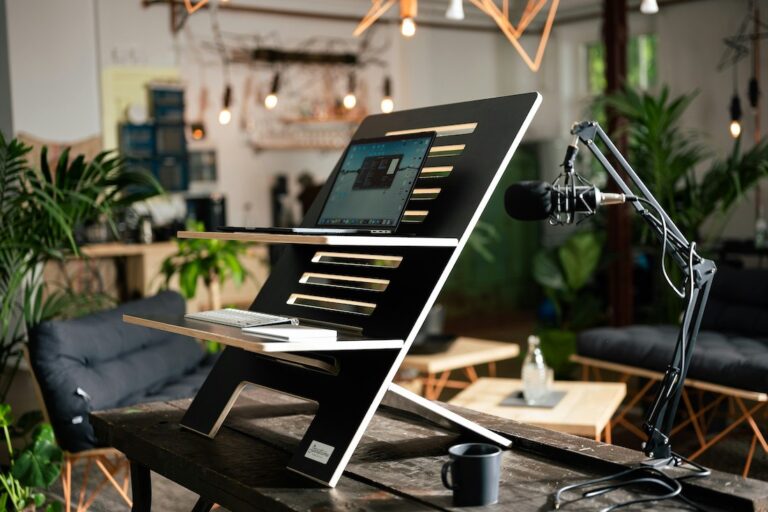In the fast-paced modern world, where efficiency and well-being are paramount, the concept of ergonomic interiors has gained significant traction. Ergonomic design focuses on creating spaces that not only look aesthetically pleasing but also prioritize comfort, functionality, and productivity. Let’s delve into the principles of ergonomic interior design and explore how it enhances our daily lives.
At the core of ergonomic interior design is the understanding of human needs and behaviors. It goes beyond selecting stylish furniture or trendy decor; it’s about designing spaces that support the human body and mind in various activities. Whether it’s an office, home, or public environment, ergonomic interiors consider factors such as posture, movement, lighting, acoustics, and accessibility.
Comfort is a central aspect of ergonomic interiors. Comfortable seating, adjustable desks, and supportive furniture contribute to a healthier and more pleasant experience for occupants. Ergonomically designed chairs, for instance, promote proper posture and reduce strain on the spine, enhancing long-term well-being and productivity.
Functionality is another key element of ergonomic design. Spaces are organized and optimized to facilitate smooth workflows and activities. In an office setting, this may include strategically placing workstations, creating collaborative zones, and providing ample storage solutions. In residential interiors, functional layouts prioritize ease of movement, efficient use of space, and seamless transitions between areas.
Lighting plays a crucial role in ergonomic interiors. Natural light is preferred for its positive impact on mood, energy levels, and circadian rhythms. Well-planned lighting design incorporates a mix of natural and artificial light sources, with adjustable settings to accommodate different tasks and preferences. Proper lighting reduces eye strain, enhances visual comfort, and contributes to a more inviting atmosphere.
Acoustics also deserve attention in ergonomic interior design. Controlling noise levels through sound-absorbing materials, strategic placement of furniture, and acoustic treatments improves concentration, communication, and overall comfort. Whether it’s creating quiet zones for focused work or designing social areas with optimized acoustics, thoughtful consideration of sound enhances the user experience.
Accessibility is a fundamental principle of ergonomic interiors, ensuring that spaces are inclusive and accessible to people of all ages and abilities. This includes designing barrier-free environments, providing clear wayfinding, and incorporating features such as ramps, handrails, and adjustable fixtures. Accessible design not only benefits individuals with mobility challenges but also enhances usability for everyone.
The benefits of ergonomic interiors extend beyond physical comfort; they contribute to increased productivity, creativity, and well-being. Comfortable and well-designed spaces reduce stress, fatigue, and distractions, allowing occupants to focus on tasks and activities more effectively. By optimizing the environment for human needs, ergonomic design supports a healthier and happier lifestyle.
In conclusion, ergonomic interiors are about designing spaces that prioritize human comfort, functionality, and well-being. Whether it’s an office, home, or public space, ergonomic design principles enhance the user experience, promote productivity, and contribute to a better quality of life. By embracing ergonomic design, we create environments that support and inspire us in our daily lives.
Stop all the downloading I'm a computer